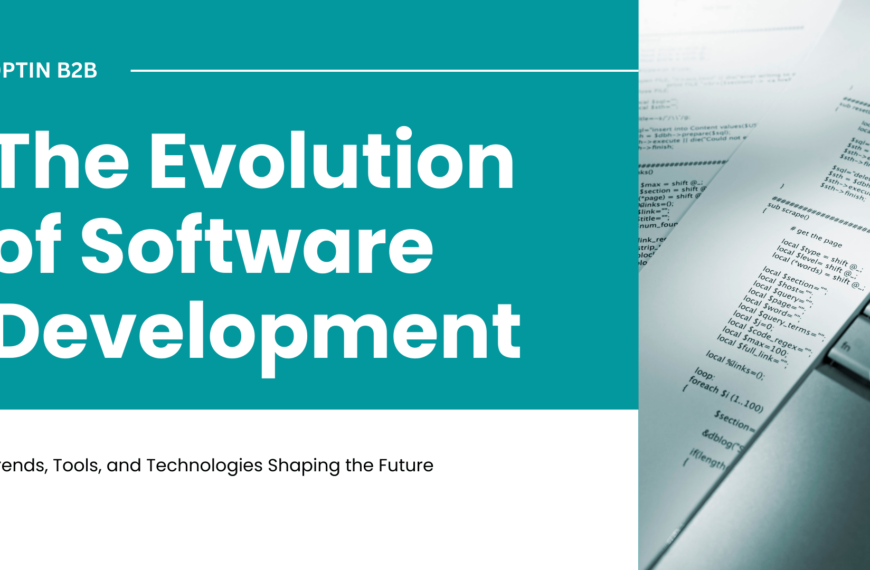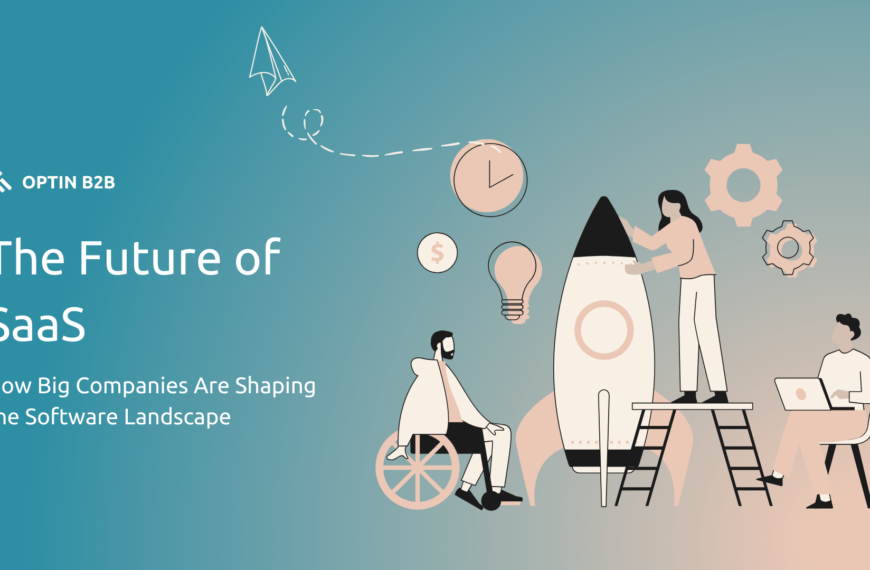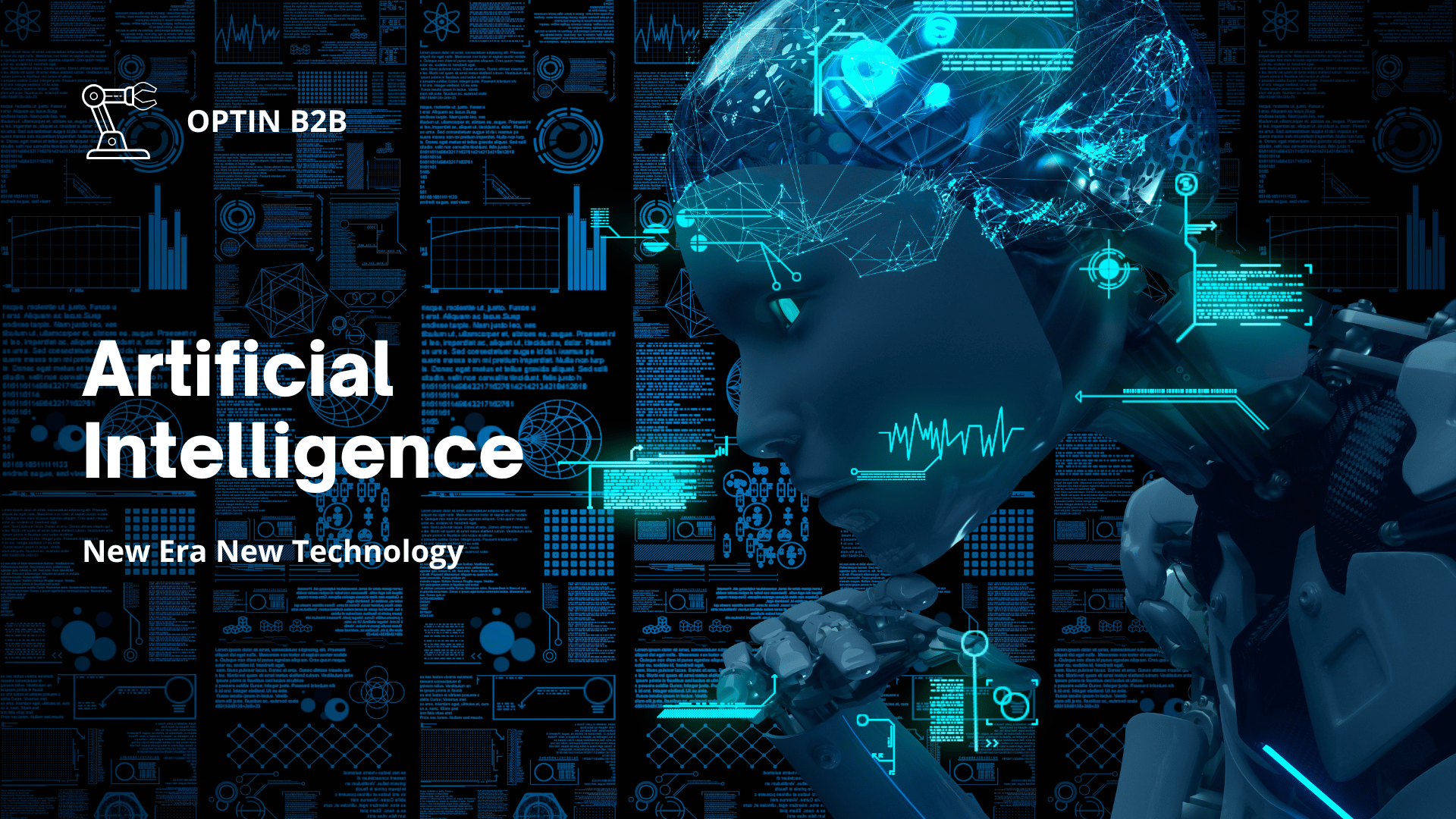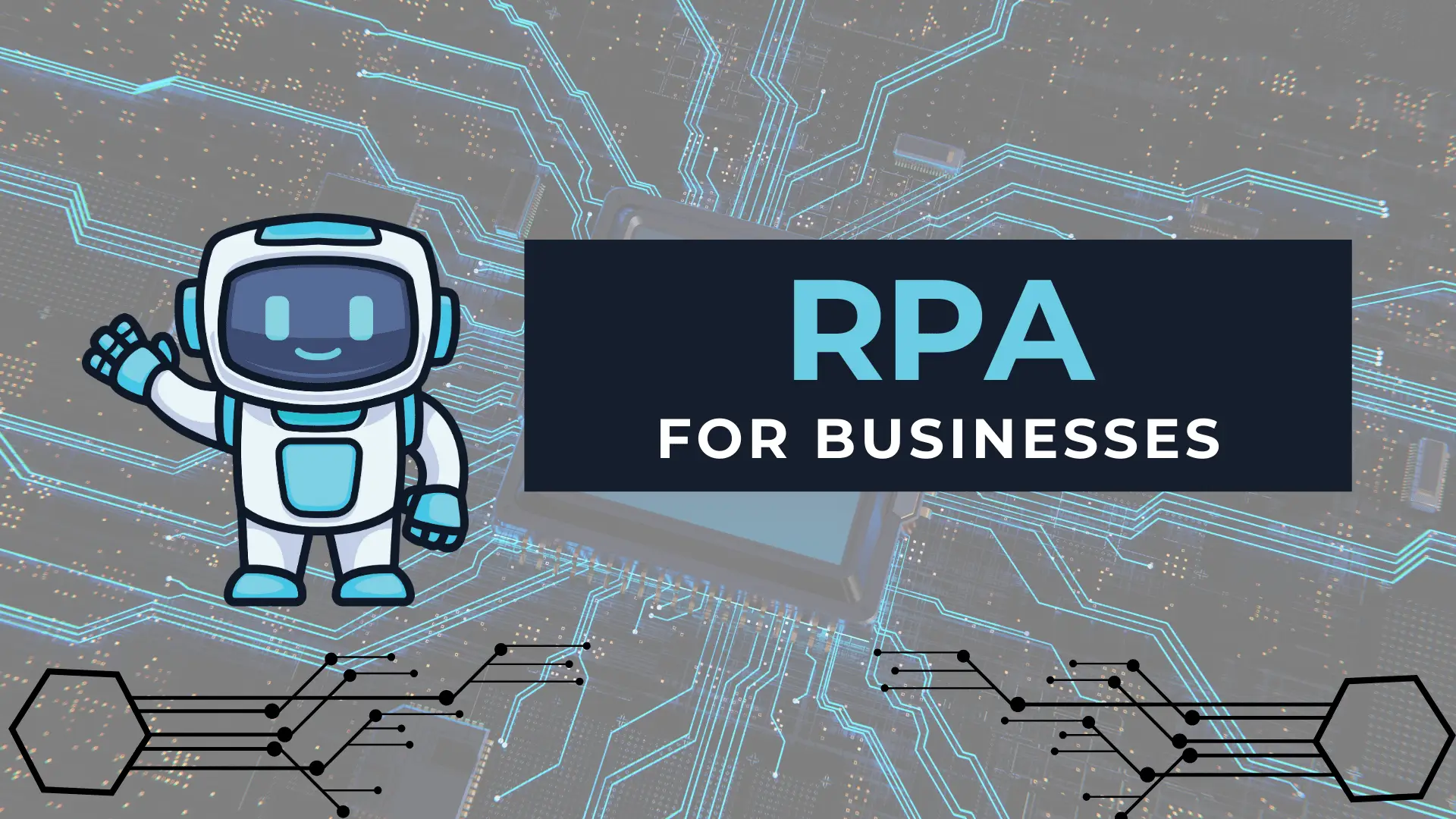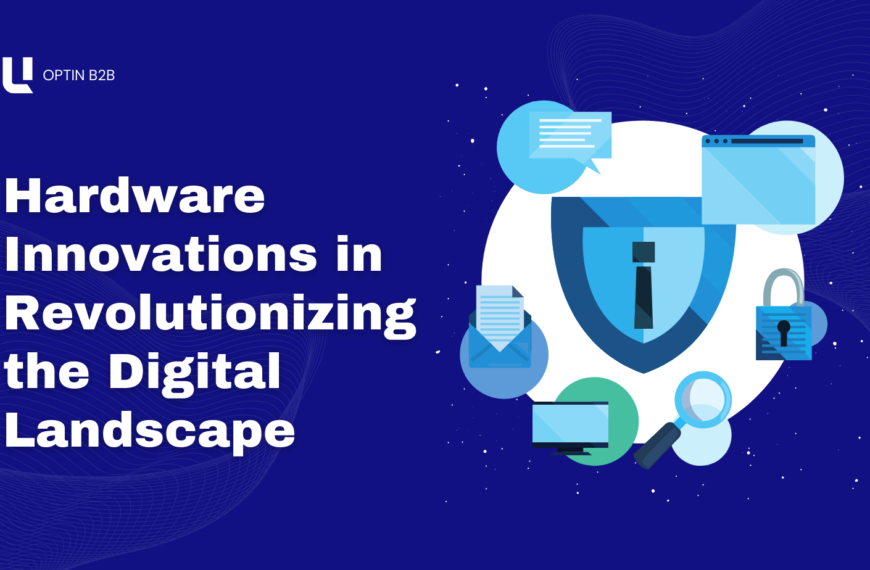As technology continues to advance, so does the field of cybersecurity. In 2024, several emerging trends are shaping the way businesses and governments protect themselves against cyber threats. From artificial intelligence (AI)-driven defenses to zero-trust architecture, the cybersecurity landscape is evolving rapidly to counteract increasingly sophisticated attacks.
One significant trend is the integration of AI and machine learning into cybersecurity strategies. These technologies can analyze vast amounts of data in real time, detecting anomalies and responding to threats faster than ever. AI-powered systems are becoming essential tools for identifying vulnerabilities and mitigating risks, especially as cybercriminals deploy their own AI-driven tools.
Another transformative development is the widespread adoption of zero-trust security frameworks. Unlike traditional models, zero trust operates on the principle of “never trust, always verify.” This approach requires continuous authentication and validation for users, devices, and applications, reducing the risk of insider threats and unauthorized access.
The rise of the Internet of Things (IoT) presents another challenge. With billions of interconnected devices worldwide, securing IoT ecosystems has become a top priority. Cybersecurity measures now need to extend beyond conventional endpoints to encompass smart devices, sensors, and industrial equipment. Additionally, the emergence of quantum computing poses both opportunities and risks, as its immense computational power could potentially crack existing encryption methods.
To stay ahead, organizations must adopt a proactive and adaptive approach to cybersecurity. Regular assessments, updated protocols, and investment in cutting-edge technologies will be crucial. As cyber threats continue to evolve, the importance of staying informed and prepared cannot be overstated.




